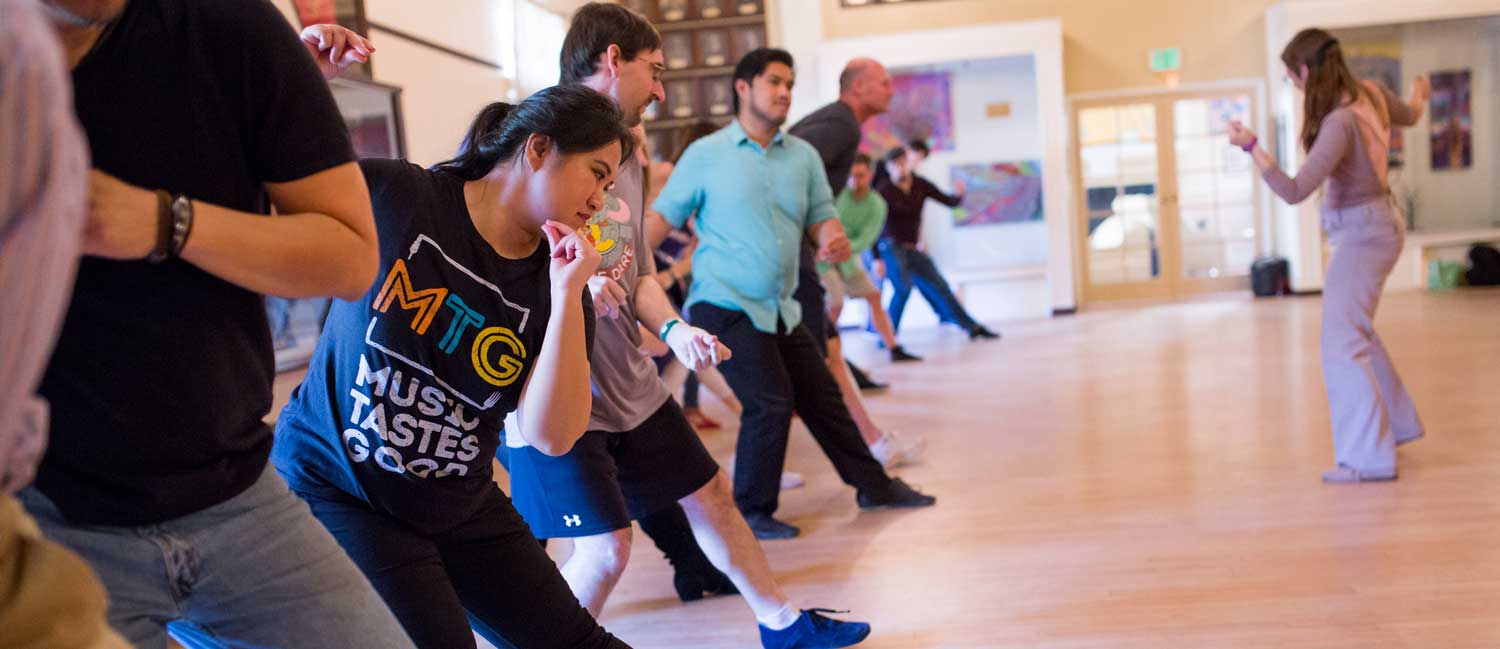What is the history of blues music?
The evolution of the blues provides insight into the changes that took place in the lives of African Americans after slavery ended. ” Jessica McElrath, African-American History.
Before blues music, solo music in the Black culture was irregular. Black music revolved around chants, call-and-response, and work calls. However, with the end of slavery and the discovery of the individual, Black music was free to explore” the personalized form of the song.” For instance, now instead of calling out to others, the singer responded to him/herself as they told the harsh realities of life.
In 1895, George W. Johnson created the first blues recording, “Laughing Song”. By 1920, blues was in its hayday, and Mamie Smith’s recording of “Crazy Blues” and “Its Right Here For You” sold 75,000 copies in its first month of release- the price was $1 a record.
The market continued to be mostly African American throughout the 1930’s and new artists continued to emerge including: Bessie Smith, Ma Rainey, Alberta Hunter, and Ethel Waters.
Blues would go on to influence other musical styles jazz, bluegrass, and rock and roll to name a few. By the 1960’s, there were several fusions of these styles, as well as artists from every race, country, and gender. And, with the Civil Rights & Free Speech movements, as well as other never-ending political battles, each generation has been inspired to find the blues as a way to express themselves through song.
